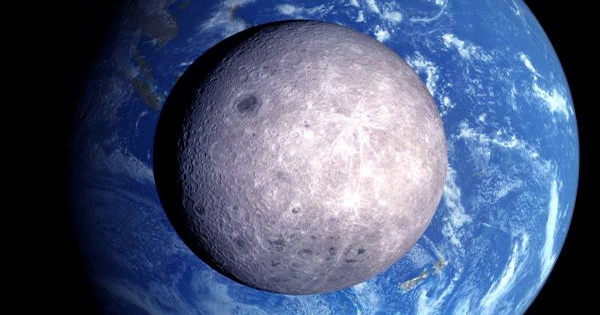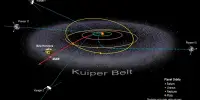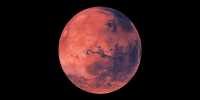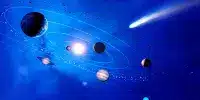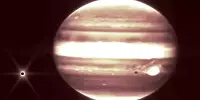A group of scientists has discovered new evidence that a recently discovered near-Earth asteroid, Kamo’oalewa, could be a piece of the moon. They believed that the asteroid was blasted from the lunar surface as a result of a meteorite collision, and they discovered that an unusual pathway may have allowed Kamo’oalewa to enter orbit around the sun while remaining near the Earth and moon’s orbits.
The research team published their findings in the journal Communications Earth & Environment on October 23. In recent years, Kamo’oalewa has been the subject of various astronomical research. As a result, a Chinese mission scheduled to launch in 2025 will land on the asteroid and return samples to Earth.
“Elements from this space body can give us information about the formation of the Earth’s moon and improve our knowledge of near-Earth asteroids,” said Aaron Rosengren, a professor in the Department of Mechanical and Aerospace Engineering at the University of California, San Diego, and one of the paper’s senior authors.
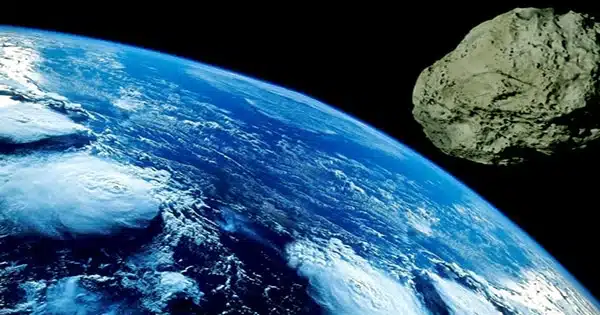
According to Renu Malhotra, a planetary sciences professor at The University of Arizona and a senior author of the research, so far only faraway asteroids beyond Mars’ orbit have been considered a source of near-Earth asteroids. “We are now establishing that the moon is a more likely source of Kamo’oalewa,” Malhotra said in a statement.
The inference is that there are likely to be many more moon fragments detected among the near-Earth asteroid population.
Kamo’oalewa is unique in that it is Earth’s quasi-satellite, a phrase used to describe asteroids with orbits that are so similar to Earth’s that they appear to orbit the planet even though they actually orbit the sun. The second unusual characteristic of Kamo’oalewa is how long it has been in this type of orbit, according to Jose Daniel Castro-Cisneros, the study’s lead author and a student in The University of Arizona’s Department of Physics, who is co-advised by Rosengren.
According to Castro-Cisneros, the asteroid will stay a companion of the Earth for millions of years, continuously changing between its current quasi-satellite state and that of horseshoe-like co-orbital motion.
So, how did it arrive? The research team wanted to see if it was possible for a shattered fragment of the moon to enter this quasi-satellite orbit, which Malhotra believes is highly unlikely. She claims that moon pieces with enough kinetic energy to escape the Earth-moon system have too much energy to land in the Earth-like orbits of quasi-satellites.
When the team created numerical simulations that accurately account for all of the solar system’s planets’ gravitational forces, they discovered that there was a 6.6% chance that some lunar fragments could find their way into co-orbital orbits, with an even rarer—0.8%—occurrence of transitory motion like Kamo’oalewa’s.
“For years, modern space mission analysis and design have relied on rare space highways.” “We were curious about Kamo’oalewa’s role,” Rosengren explained.
The moon has been pummeled by asteroids throughout its history, as evidenced by the countless impact craters retained on its surface. These collisions eject lunar material from the moon’s surface, but the majority of that material normally falls back on the moon. Some of the debris expelled become meteors and fall to Earth.
However, a small percentage may be able to escape the gravity of both the moon and the Earth and end up orbiting the sun like other near-Earth asteroids. According to numerical calculation, Kamo’oalewa could be one of the even smaller fractions that got access to the difficult-to-reach Earth’s co-orbital space.
The findings of the study could help us learn more about near-Earth asteroids, which are considered a threat to Earth. More comprehensive examinations of Kamo’oalewa will provide useful insights into impact mechanics by determining the asteroid’s origin from a specific impact crater on the moon.
Castro-Cisneros stated that the team intends to identify the particular parameters that allowed Kamo’oalewa’s orbital trajectory in the future. He also stated that the committee intends to focus on determining Kamo’oalewa’s actual age.
“We need more information to say with certainty that Kamo’oalewa is indeed a fragment of the moon,” Rosengren went on to say, “and a space mission to this unique celestial body is warranted.”
